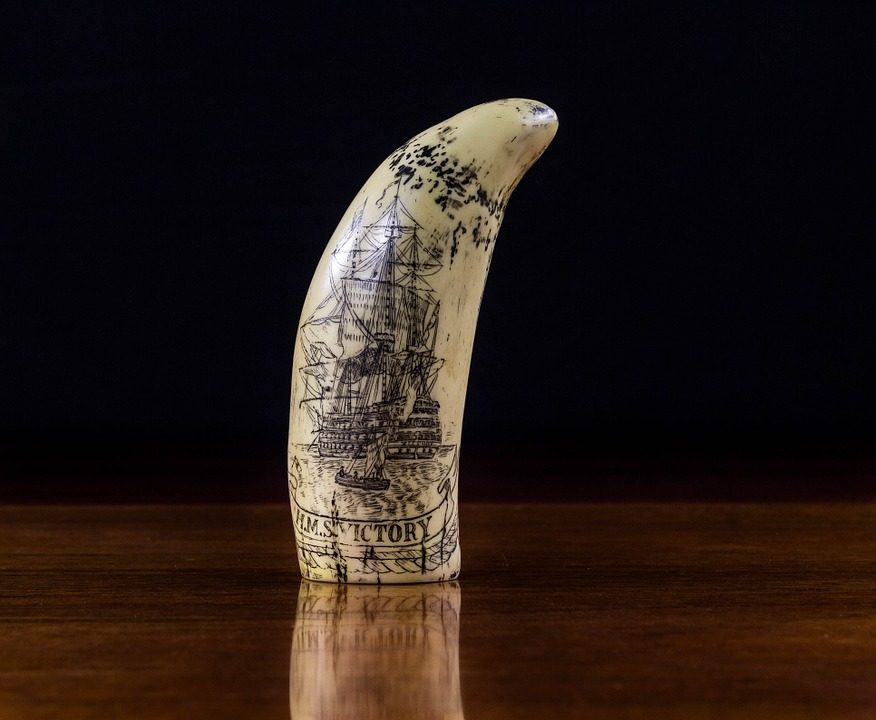The sea is often referred to as the largest museum in the world. Mainly because of the thousands of ships that have been lost in it. Underwater exploration have found many artefacts that help in understanding the past civilizations better. Similarly, the sea off the coast of Goa contains many priceless artefacts due to the shipwrecks that have taken place here.
Goa’s coastline has been trading internationally for the past two thousand years. Ports on its coastline have been of strategic and commercial importance for many centuries. Portuguese understood this very well. Hence they encouraged and conducted international trade from Goan ports.
Mention of Goa in ancient times
Many references to Goa’s illustrious past are recorded in the followings historical documents:
- In the book ‘Periplus of the erythraean sea’ written in 1st AD the author refers to Goa as ‘Nelkinda‘.
- Roman commander Pliny the elder (23 – 79 Ad) mentioned it as ‘Nikanidon‘.
- Referred as ‘Melinda‘ by Ptolemy (90 – 168 AD) a Greco – Egyptian writer and Geographer.
- Ibn Batuta mentioned ‘Sindabur‘ which is believed to be Goa.
Types of artefacts found in Goa
Goa was once the object of a tussle between the Vijayanagar Empire and Bahamani Sultanate. The reason was because Goa was an important port for Arabian horse trade. It was felt that anyone who controlled Goa, controlled the horse trade which meant a lot in a non-mechanized world. Research indicates that different types of items were traded at Goa’s ports.
The following artefacts have been recovered from the shipwrecks in the state’s waters:
- Building materials – marbles, granites, bricks and tiles.
- Decoration items – Chinese ceramics, terracotta artefacts, ivory extracted from Hippopotamus’ and Elephants.
- Weapons – hand guns and cannons.
“One of the oldest shipwrecks along the western coast and definitely the oldest Portuguese wreck to be explored in India is settled off the Sunchi Reef, between Mormugao and Cabo de Rama, in Goan waters. Iron guns, the barrel of a handgun, granite blocks, ivory and hippopotamus teeth were recovered from the early 17th-century Portuguese shipwreck”, said Marine archaeologist from the National Institute of Oceanography Sila Tripati in a report.
Modern shipwrecks
In 1880’s a steel-hulled steam ship sunk just off the coast of Goa at the Amee Shoals. During World War 2 neutral waters of the state saw some action as well. Three German and one Italian ship were sunk by British war veterans. They were spying for their respective countries and transferring important information. There are also many fishing trawlers from Goa that have sunk in these waters. Wreckage of a Pakistani trawler lying in the Zuari River has also been found.
Goa’s shores have washed up important artefacts over the centuries that have unravelled many mysteries of the tiny state. While so much still remains undiscovered, there is hope that the future will shed more light and exploration of shipwrecks will continue.


